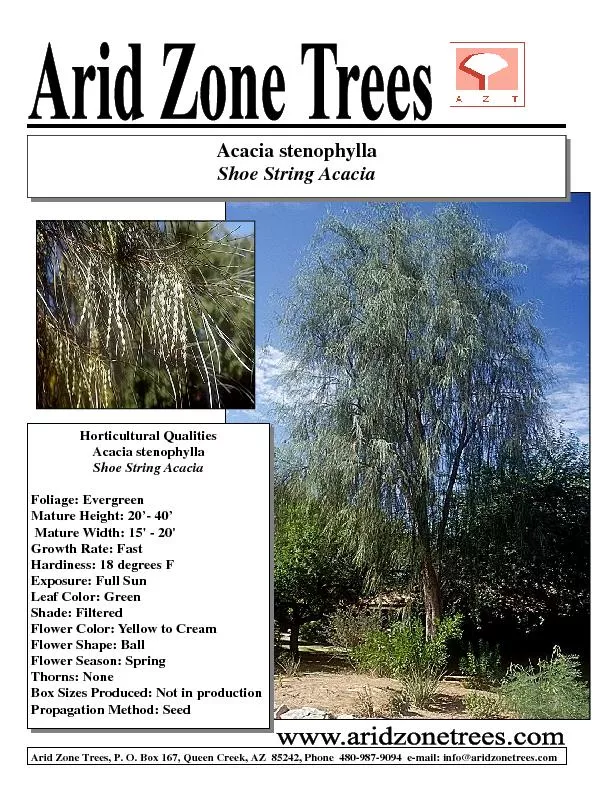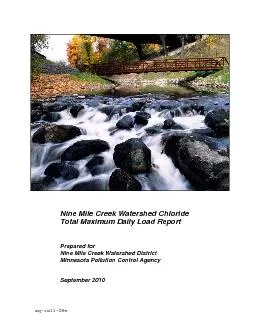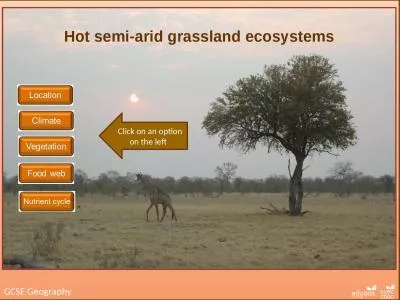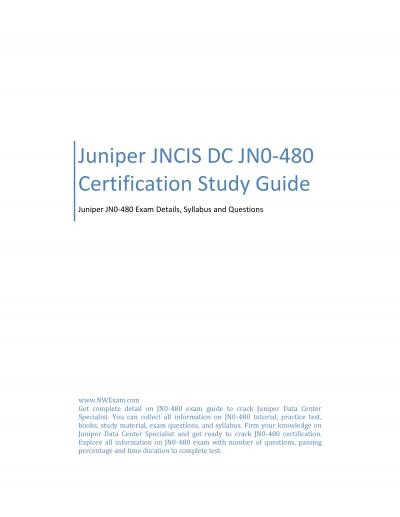PDF-Arid Zone Trees, P. O. Box 167, Queen Creek, AZ 85242, Phone 480-987
Author : lois-ondreau | Published Date : 2016-09-30
Shoe String AcaciaFoliage Evergreen Mature Height 20
Presentation Embed Code
Download Presentation
Download Presentation The PPT/PDF document "Arid Zone Trees, P. O. Box 167, Queen Cr..." is the property of its rightful owner. Permission is granted to download and print the materials on this website for personal, non-commercial use only, and to display it on your personal computer provided you do not modify the materials and that you retain all copyright notices contained in the materials. By downloading content from our website, you accept the terms of this agreement.
Arid Zone Trees, P. O. Box 167, Queen Creek, AZ 85242, Phone 480-987: Transcript
Download Rules Of Document
"Arid Zone Trees, P. O. Box 167, Queen Creek, AZ 85242, Phone 480-987"The content belongs to its owner. You may download and print it for personal use, without modification, and keep all copyright notices. By downloading, you agree to these terms.
Related Documents














